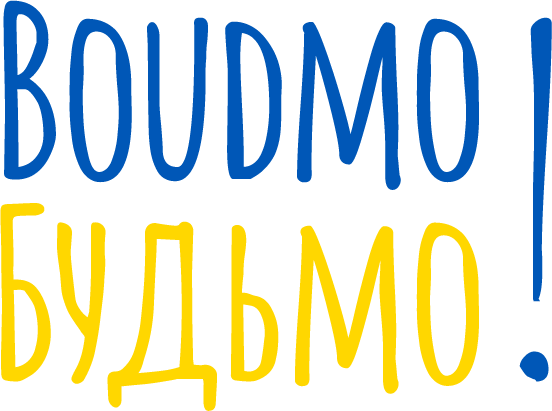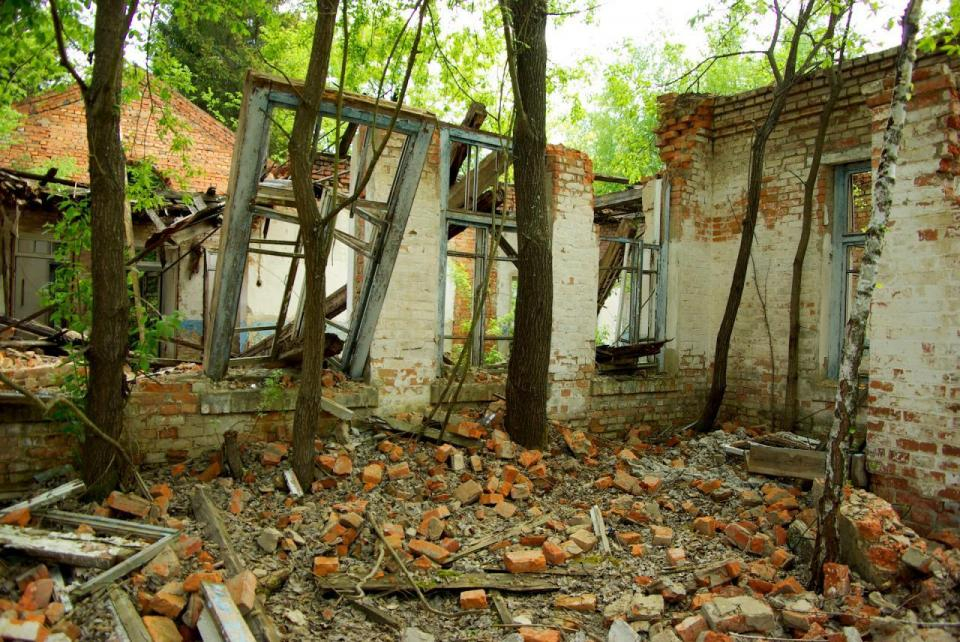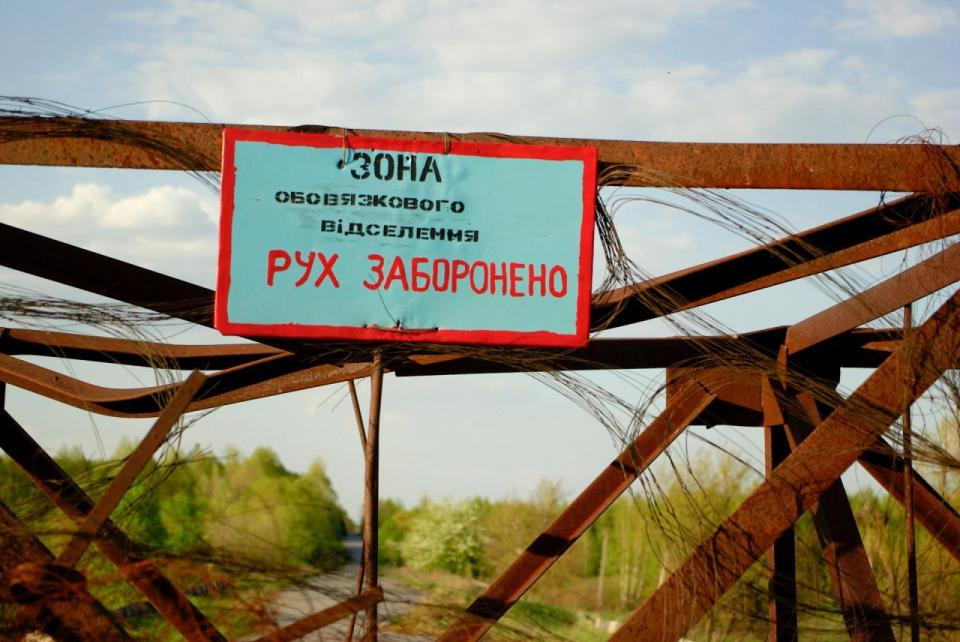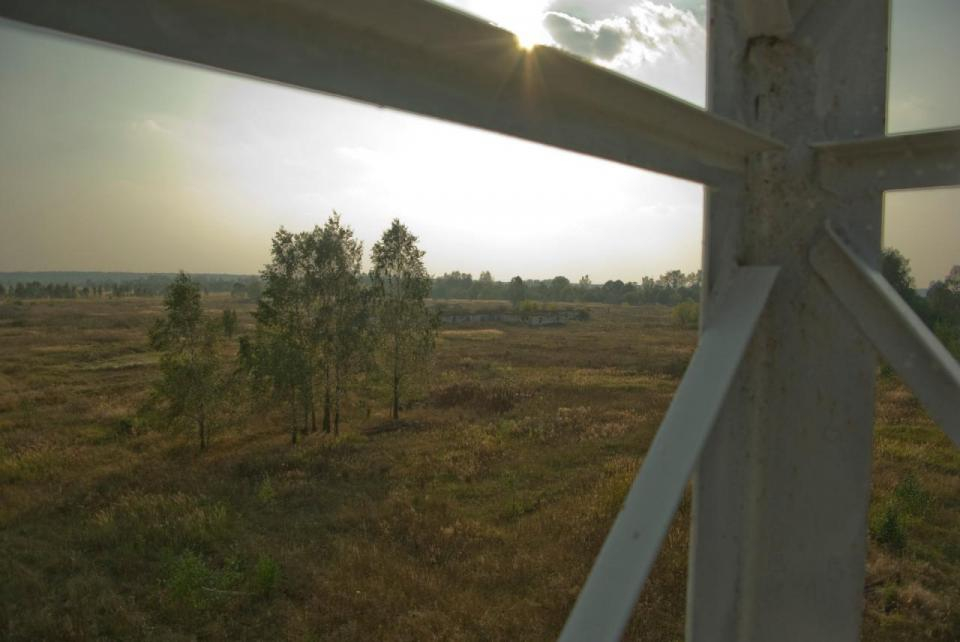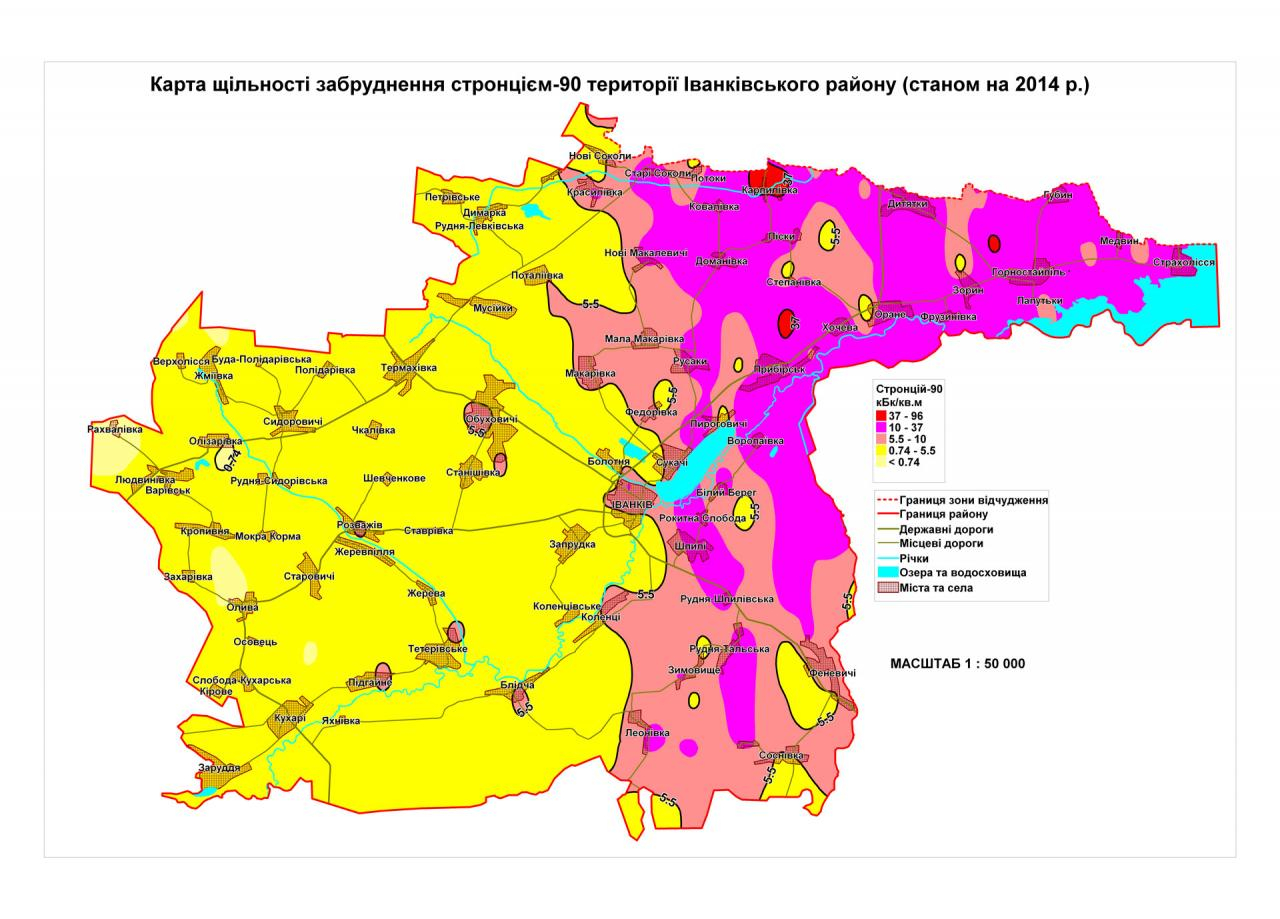To enable its dismantling, the gutted reactor was covered by a shed in 2018.
The site of the Chernobyl nuclear power plant is surrounded by a "forbidden" zone. Within this radius, living normally is impossible. Wood, water and food can be contaminated, as well as the air (in warm, dry weather and during forest fires).
A specific administration and a police force manage the exclusion zone. A tourism of sorts has emerged, reflecting a political will to "normalize" the region.
Reactor number 4, the original 1986 sarcophagus
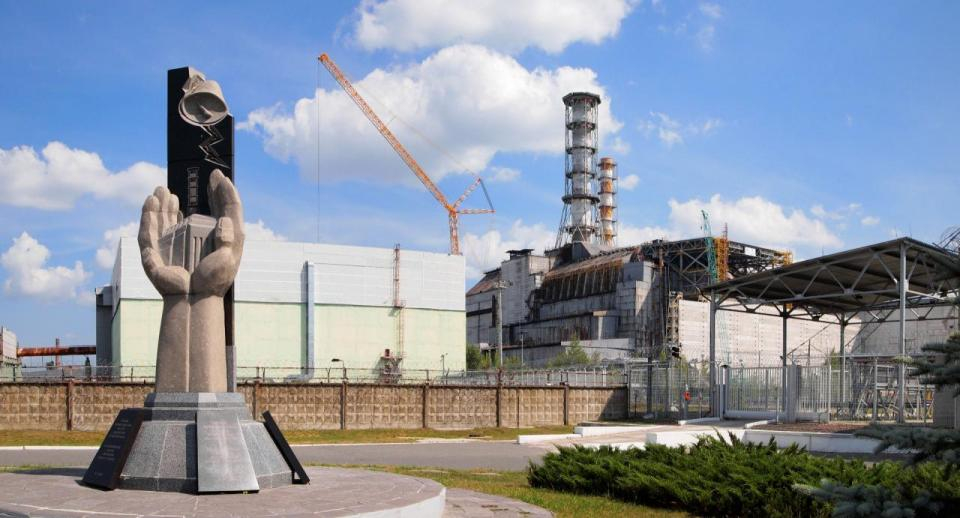 Par Tiia Monto, CC BY-SA 3.0, https://commons.wikimedia.org/w/index.php?curid=28070976
Par Tiia Monto, CC BY-SA 3.0, https://commons.wikimedia.org/w/index.php?curid=28070976
Reactor number 4, sarcophagus of 2018
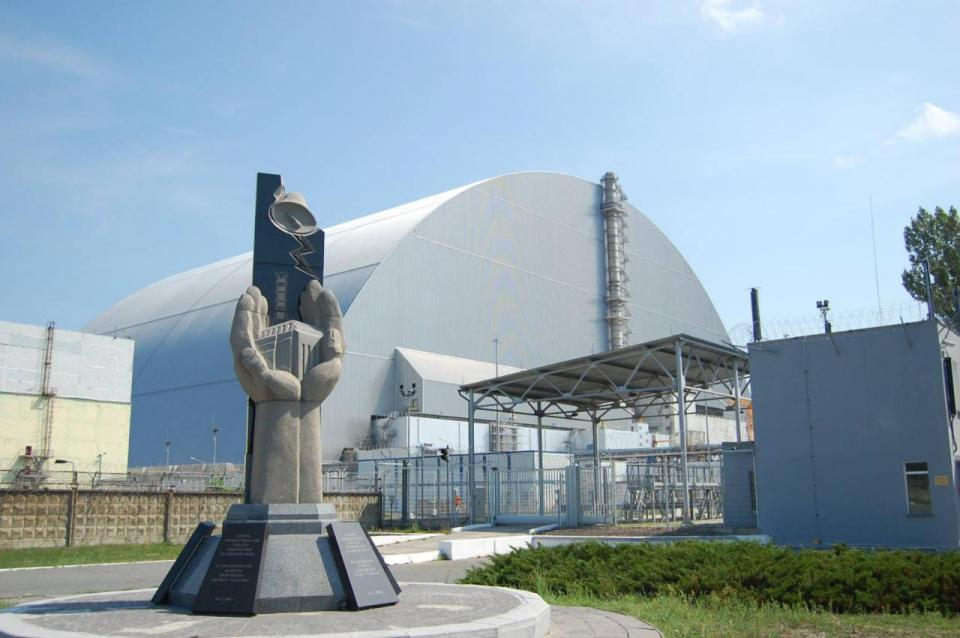 Par Rixard — Travail personnel, CC BY-SA 4.0, https://commons.wikimedia.org/w/index.php?curid=61569777
Par Rixard — Travail personnel, CC BY-SA 4.0, https://commons.wikimedia.org/w/index.php?curid=61569777
